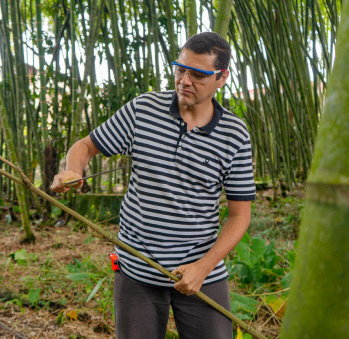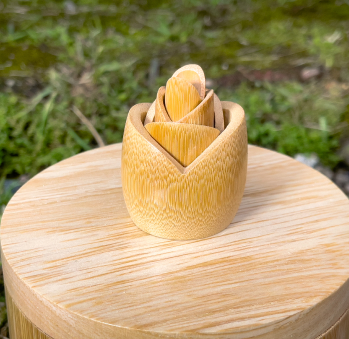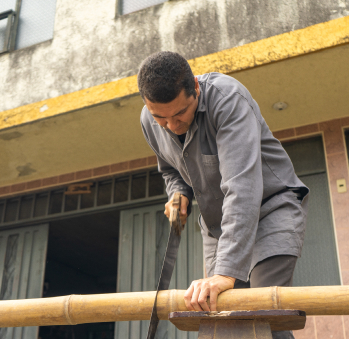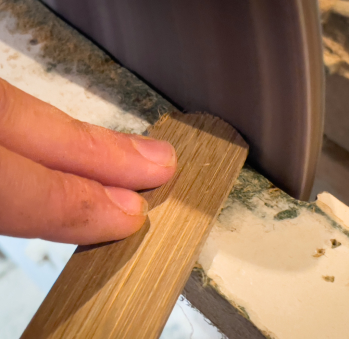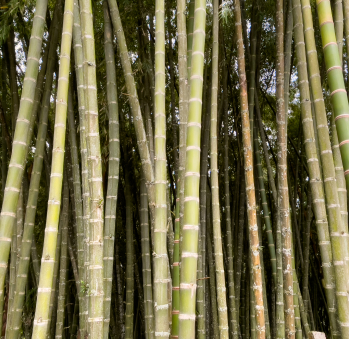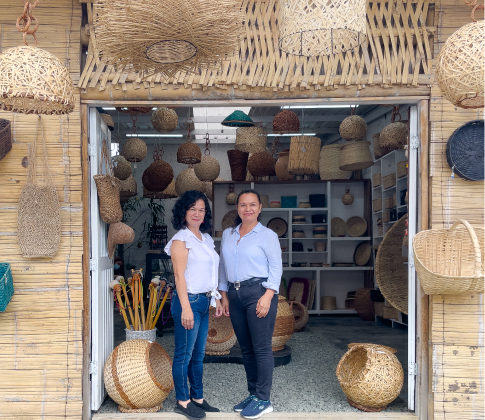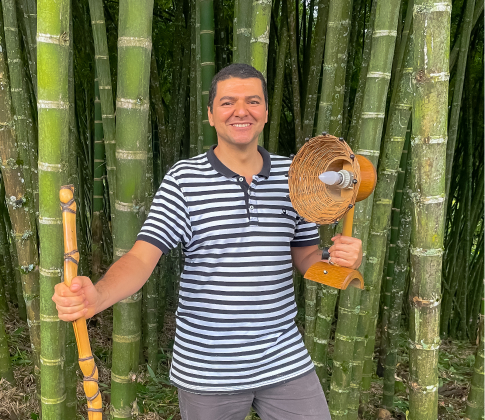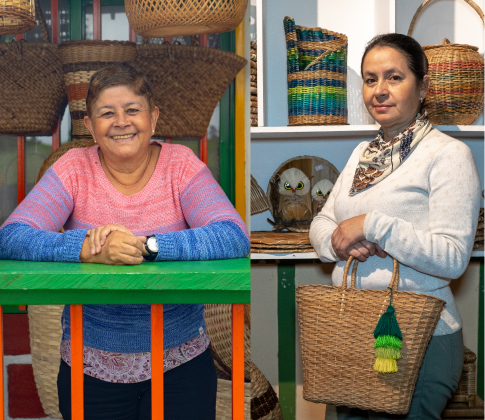Alejandro Mesa López
Workshop: Típicos de bambú
Craft: Woodworking
Trail: Risaralda-Quindío Route
Location: Santa Rosa del Cabal, Eje Cafetero
There was a time when guadua and bamboo were not as highly regarded as they are today. They were considered simple woods whose function was only to build temporary housing solutions for the less fortunate. However, since UNESCO’s declaration concerning the Coffee Cultural Landscape of Colombia in 2011, everything changed. At last, these woods started being seen through different eyes.
People started noticing the beauty of those firm and flexible stems, which proved, in addition, to be excellent construction materials. Anyone who looks at a coffee plantation can see the leafy guadua trees nearby; as well as the birds, snakes, mosses, and creeks that flow through them. People’s perception of this plant started to improve, filled with enthusiasm and care. Alejandro Mesa grew up with this story. He is a carpenter from Santa Rosa de Cabal and the son of a man who studied philosophy before becoming a craftsman. His father paid for his degree with the income he earned from guadua.
He likes to question and carefully study different aspects of life to gain a better understanding of them. Perhaps this is why he is fascinated by the aforementioned changes in people’s perception and how architects and designers came to covet this brushwood with such intensity. Alejandro recalls how, as a child, he helped his father sand the bamboo he sold. He remembers how there were —and still are— lots of woodworkers in Santa Rosa: how they made bateas, carved balconies, and all sorts of crafts with guadua wood.
Almost all of these craftspeople lived in the artisan citadel. There, the huge guadual tree that still is the treasure of the neighborhood grew generously and provided people with both its water reservoir and shelter. It is a place whose inhabitants learned to take care of and love, and it has become a must-see for visitors who want to witness the guadual’s gigantic branches. He started perfecting his craft quite late in his life. Nonetheless, he has been on the journey of understanding guadua for almost two decades now. He has had to learn how to effectively use its hardness, which has often worn his blades down in his attempts to master his technique and is a consequence of guadua being nothing less than the purest and finest of woods.
He has thoroughly enjoyed immersing himself in this world. Everything, from sowing and harvesting —practices that, according to him, have to be carried out in specific times that can be identified by observing the wood’s fungi— to drying the wood according to what it will be used for —unripe for basketry or mature for construction, for instance—, fascinates him. His specialty is making boxes for confectionery, specifically for nougat. However, due to guadua’s versatility, he is also an expert in making salad spoons, curtains, lamps, fishing rods, ashtrays, bottle racks, and trunks. He longs to see tourists in town again, not only enjoying the hot springs and the exquisite chorizo santarrosano, but also discovering the beauty of guadua.
Craft
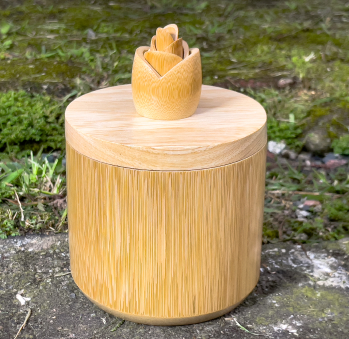
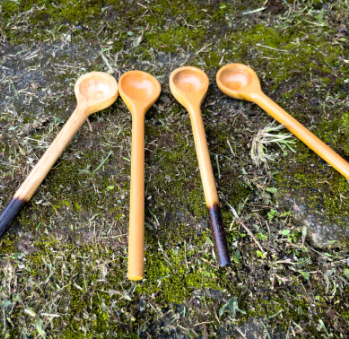
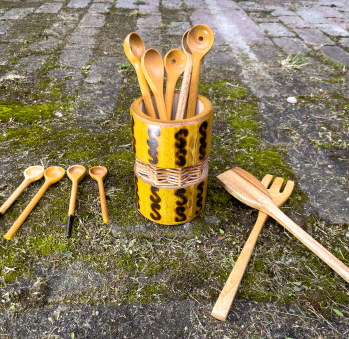
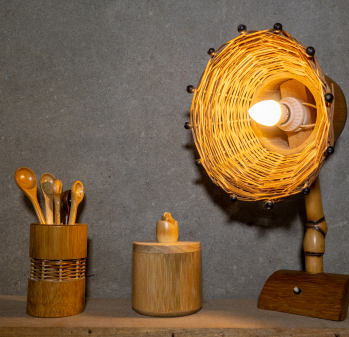




Artisans along the way
Artisans along the way
No puede copiar contenido de esta página








































